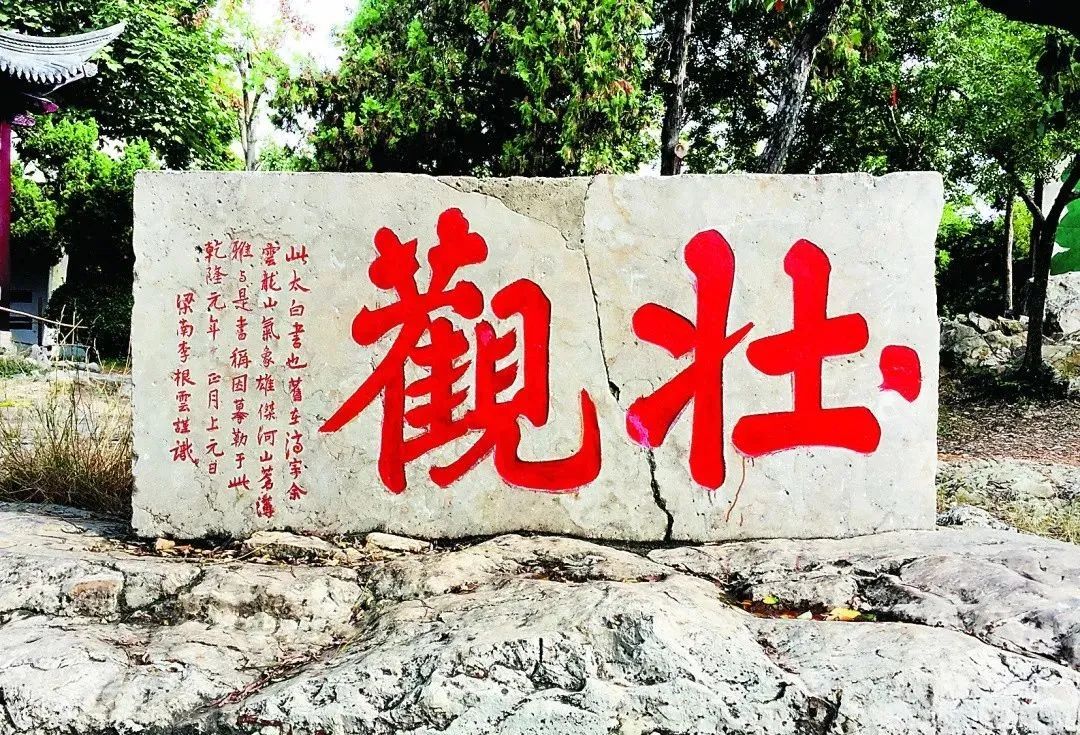Find the monument in the mountains, read the message of a city's history|Xuzhou Central Axis Reads the City of Yunlong Mountain
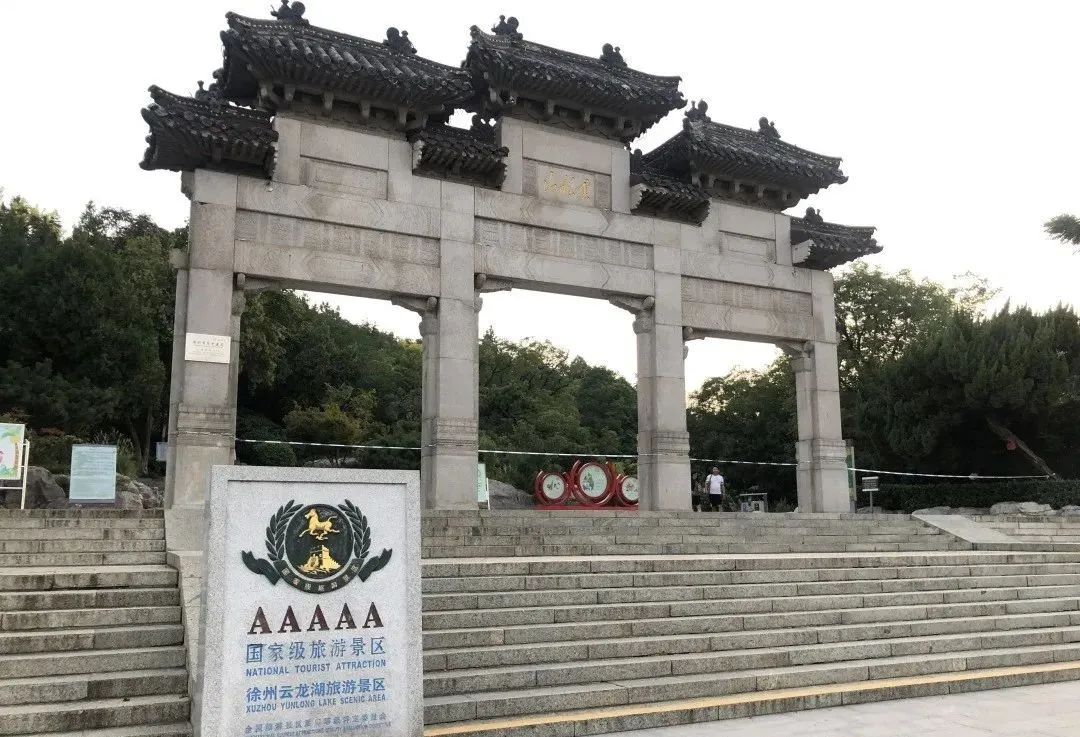
Xuzhou is one of the few mountainous cities in the north.
The Yunlong Mountain is the most representative mountain in Xuzhou.
This mountain has not only been sung and sung by the literati of Song, Yuan, Ming and Qing dynasties.
And it has left more than 300 inscriptions of famous people in the past generations.

The mountain is not high, but famous when there are immortals. The inscriptions are a combination of history, literature and calligraphy, and have an important status and value in archaeological research. The inscriptions all over Yunlong Mountain, in a special way, reveal the deep cultural heritage of the famous mountain and city, and are a treasure trove of information for studying the history of Xuzhou.
And Yunlong Mountain, located at the southern end of Xuzhou's central axis
is not only a national 5A-level scenic spot
It is also an overlooked history on stone.
01
Yunlong Mountain - Huangmaogang - Dongpo Stone Bed
Located at the south of the north gate of Yunlong Mountain, the "Yunlong Mountain" engraved stone is a popular spot for tourists.
The three characters carved on the natural boulder are about 1 meter in diameter, and are written on both sides as "Xuzhou Military Security Right Counsellor Liucheng Mo and Qi" and "The auspicious day of the seventh month in the autumn of the 14th year of the Wanli era.


Courtesy of collector Wang Xuanrui
Among the many old photos with "Yunlong Mountain" in the same frame, there is a group photo of members of the China Young Journalists Association before the Xuzhou Battle in 1938, which has been recorded in the history of Chinese journalism.
Fan Changjiang, then a reporter for Ta Kung Pao, and his buddies set up the first war zone branch of the Chinese Youth Journalists Association at Yunlong Mountain, and this group of enthusiastic young people, with an average age of less than 30, thus spread the news of the Chinese people's defense against foreign enemies to the world.
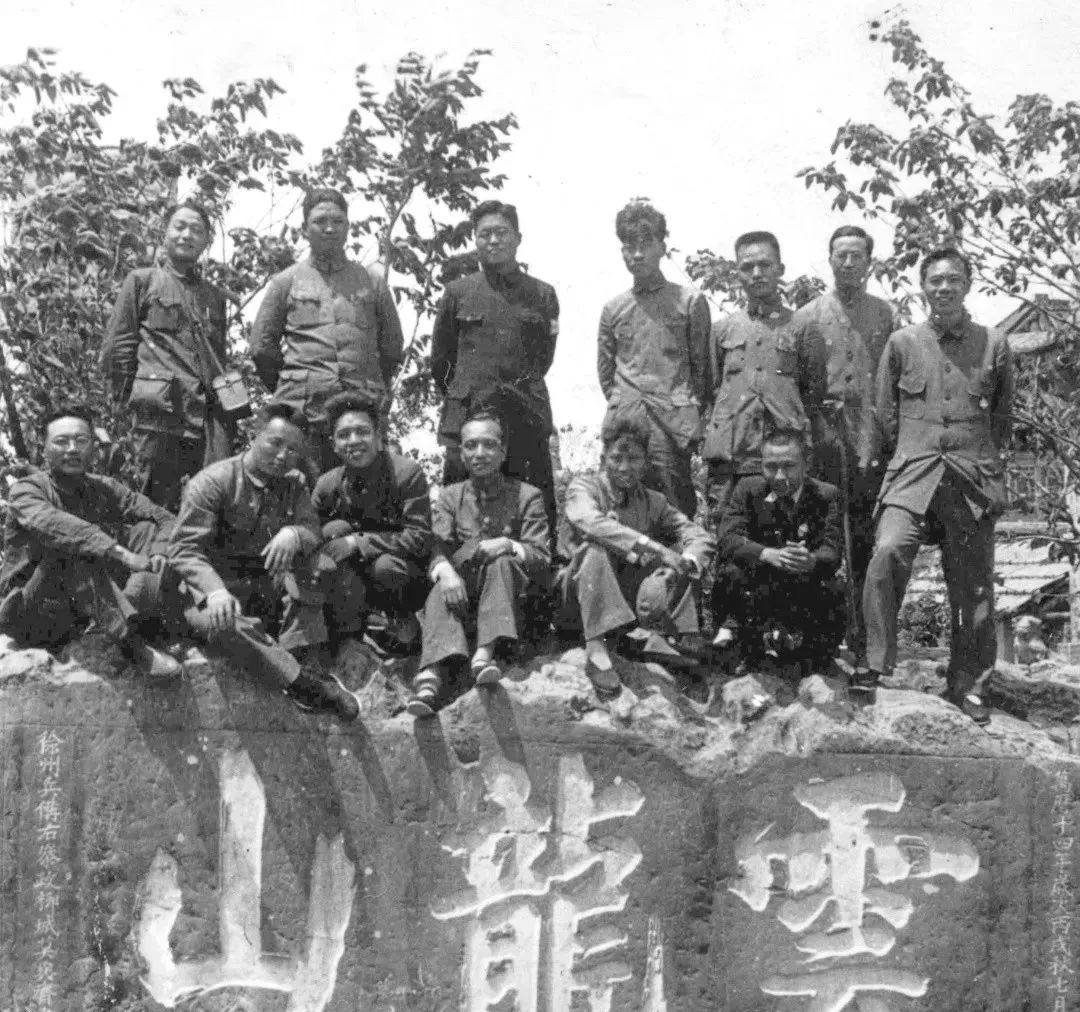
Fan Changjiang, second from left in the front row, and Lu Liangnian, son of Lu Yi (third from right in the back row), provide the photo.
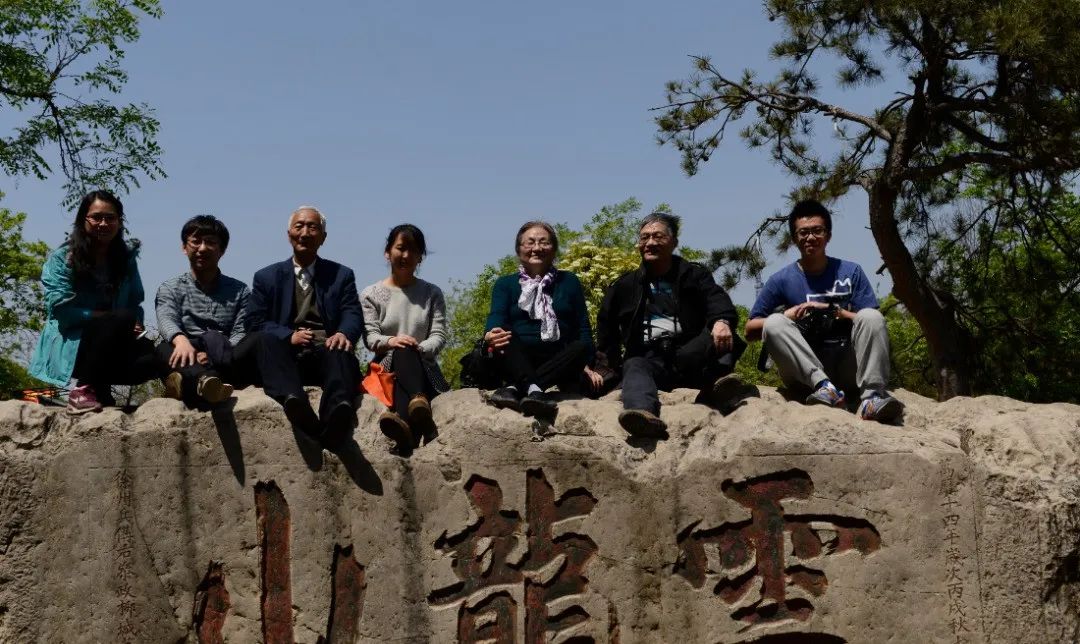
Revisiting the descendants of Qingji on the 70th anniversary of the victory of the war in 2015
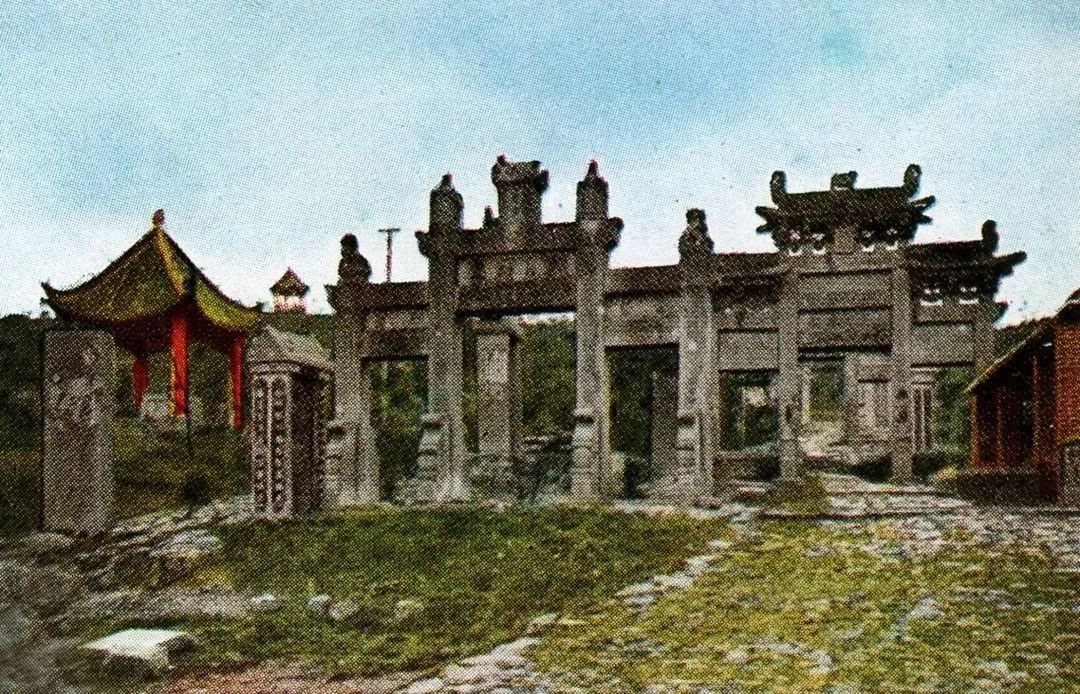
On the west side of the carved stone of "Yunlong Mountain", there is a relatively complete pagoda with the words "Tongguan Yang Hui" and "Thirty years of suffering, the waves of the ancient well are long and quiet". Only half of it remains. A postcard from the Republic of China period shows that there used to be many pagodas here.
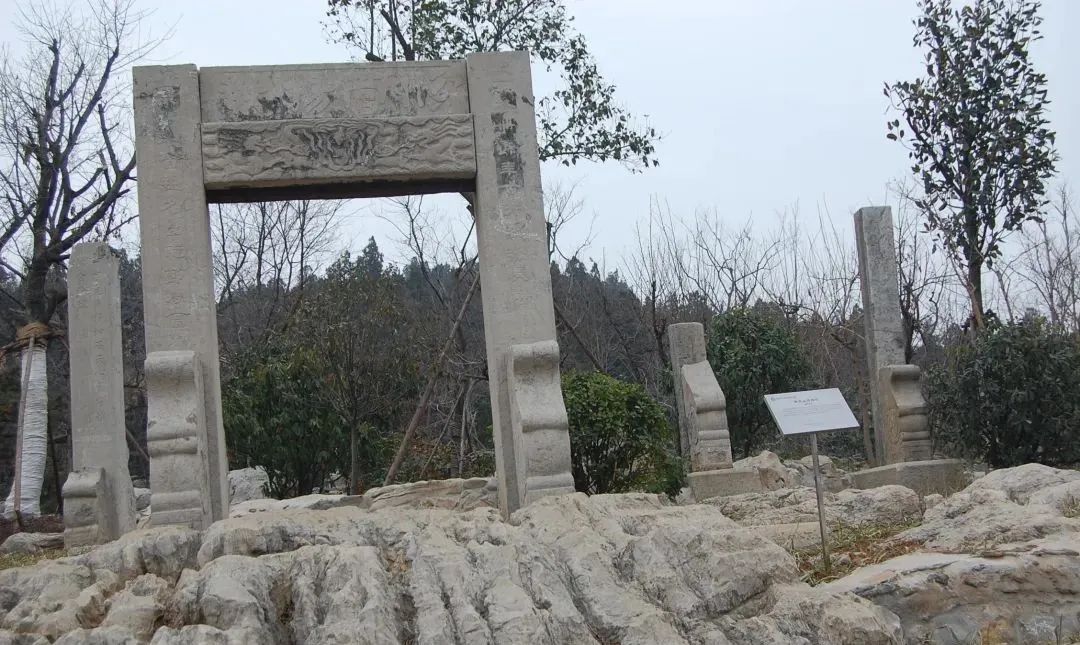
Courtesy of collector Wang Xuanrui
"In the eyes of Su Shi, the governor of Xuzhou in the Northern Song Dynasty, the scene is much brighter and happier, "When I walk up Huangmaogang in a drunken state, the rocks are like a flock of sheep. There is a 3-meter-long and 1-meter-high polished cliff under the western foot of Yunlong Mountain with "Huangmaogang" inscribed by Qianlong of the Qing Dynasty.
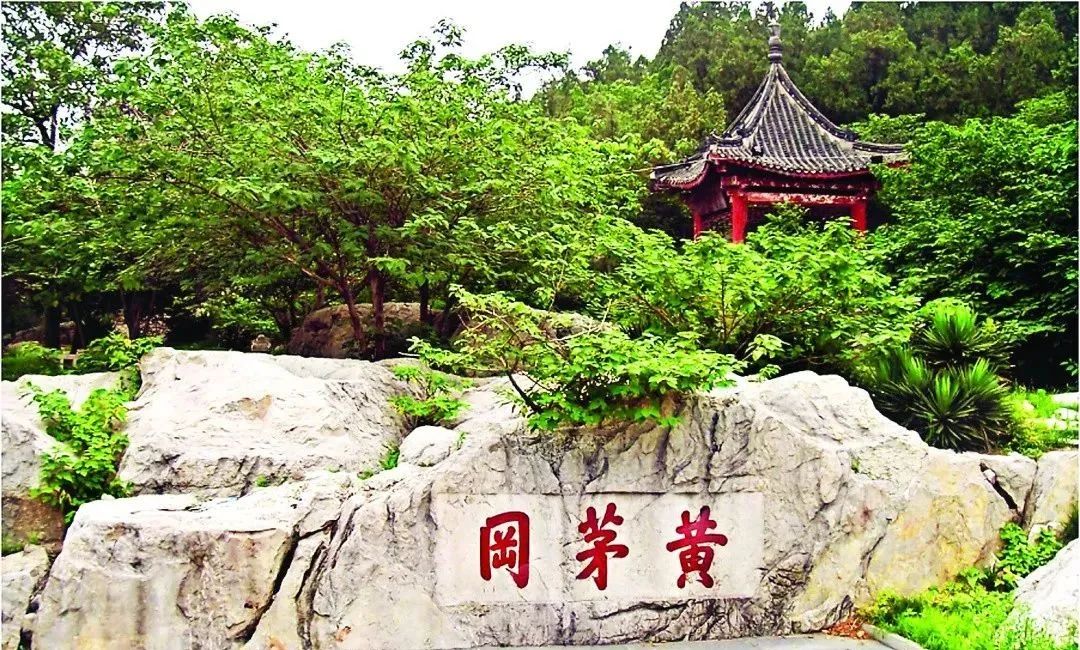
More than 900 years ago, Su Shi, accompanied by his friend, climbed the Yunlong Mountain and drunkenly walked among the rocks.
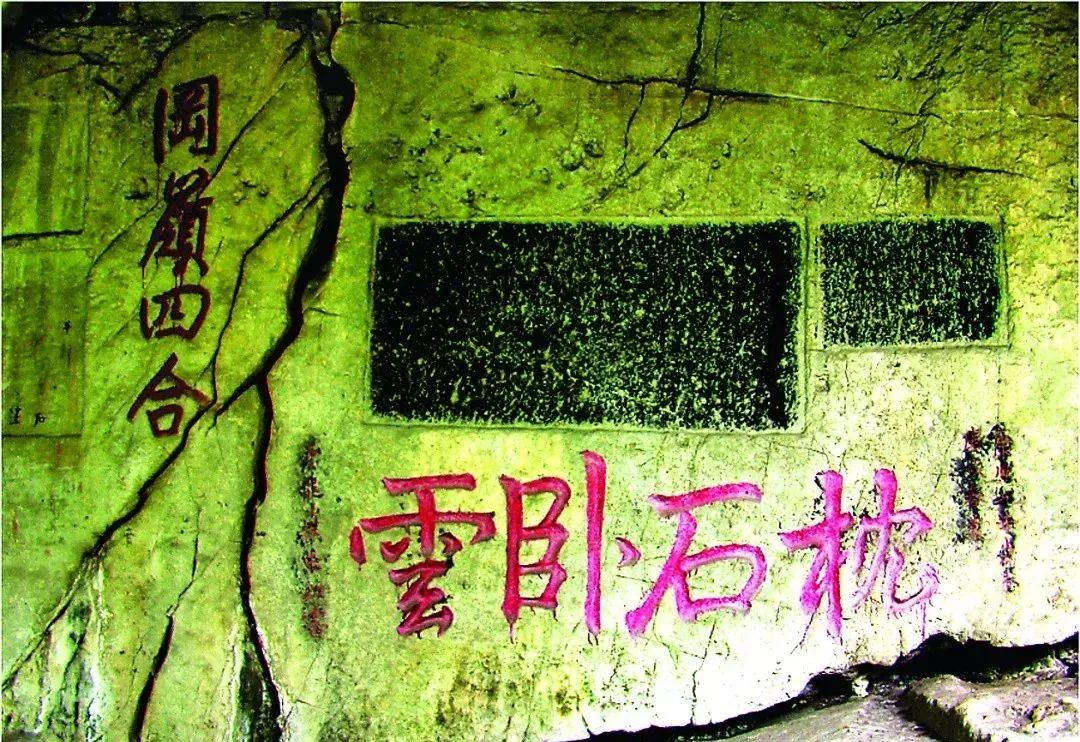
Exactly 300 years ago, Jiang Zhuo, the governor of Xuzhou, and Sun Guoyu, the governor of Xuhuai, built a charity school next to the stone bed of Dongpo. 14 years later, Li Genyun, the governor of Xuzhou, changed the charity school to Yunlong Academy. At the end of last century, a stone plaque inscribed by Li Genyun was found under the surface of the northern part of the stone bed.
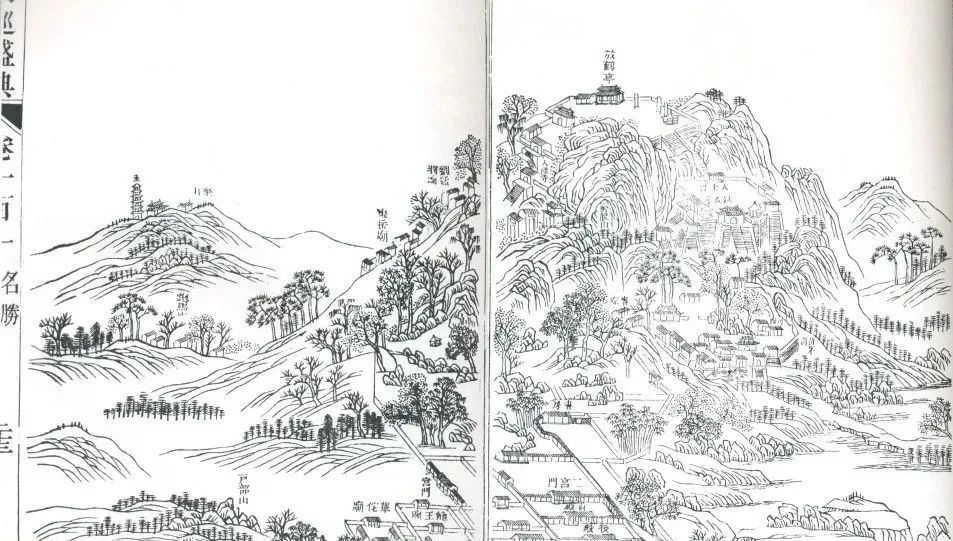
02
Forestry and education - Central Plains blood bastion - War monument pavilion
From the north gate of Yunlong Mountain, pick up the steps to the west, cross the Subu Bridge and walk 70 meters, there is an engraved stone commonly known as "Dai Stele", which was inscribed by Dai Jitao, the patriarch of the Kuomintang. He visited Yunlong Mountain in 1930 and inscribed "Building Forests, Raising Education, Enriching the Country and Strengthening the Troops, Promoting Culture and Safeguarding Hanjing" in response to current events.
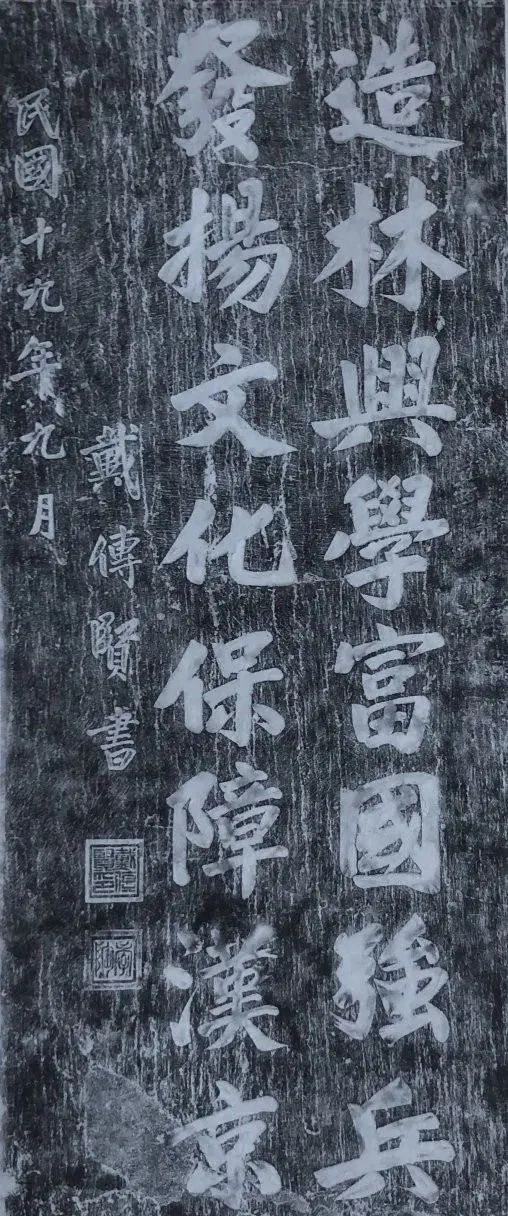
The pavilion of "Changjun Monument" in the third section of Yunlong Mountain was built in 1982 to commemorate the achievements of the people's sons and daughters in managing Yunlong Lake and opening the flood tunnel across Yunlong Mountain, which is a glorious testimony of Xuzhou Shuangyan City.
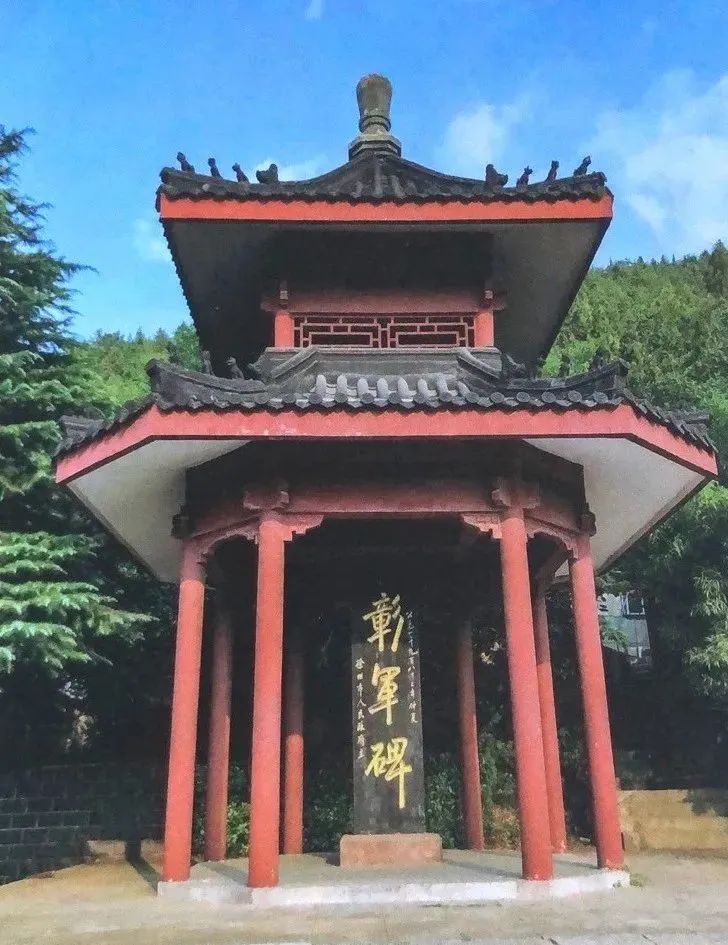
03
River and Mountain with Tone-Stone Gallery-Drinking Crane Spring
A famous mountain is not without a famous temple. The two ancient temples on Yunlong Mountain, Xinghua Temple and Dashiyan Temple, are also the collection of ancient monuments.
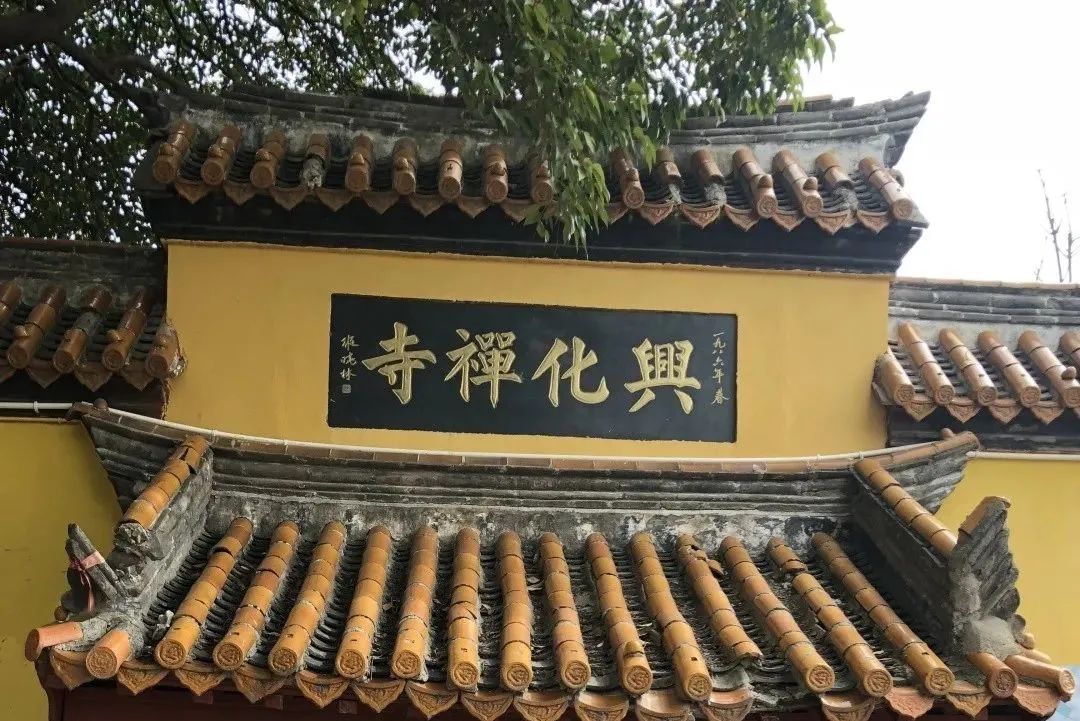
The original name of Xing Hua Temple was Shi Buddha Temple, which was built by the large stone Buddha of Northern Wei Dynasty. The temple was restored in the Ming Dynasty and contains the bust of the stone Buddha, which is more than three feet high, and on the rock walls on both sides are statues and inscriptions made from the Northern Wei to the Tang and Song Dynasties. The Hall of the Great Buddha is built along the cliff, and there are only three layers of bricks stacked under the eaves of the back wall of the hall, so there is a "three-brick hall covering three zhang Buddhas" of the wonders.
There are 7 groups of 195 Tang and Song cliff statues and 38 inscriptions in Xinghua Temple, all of which are carved in high relief. There is a natural cave in the Abbot's Zen garden, above which is engraved the word "Cave" by Yang Siqi, a native of Pengcheng during the Qianlong period of the Qing Dynasty.
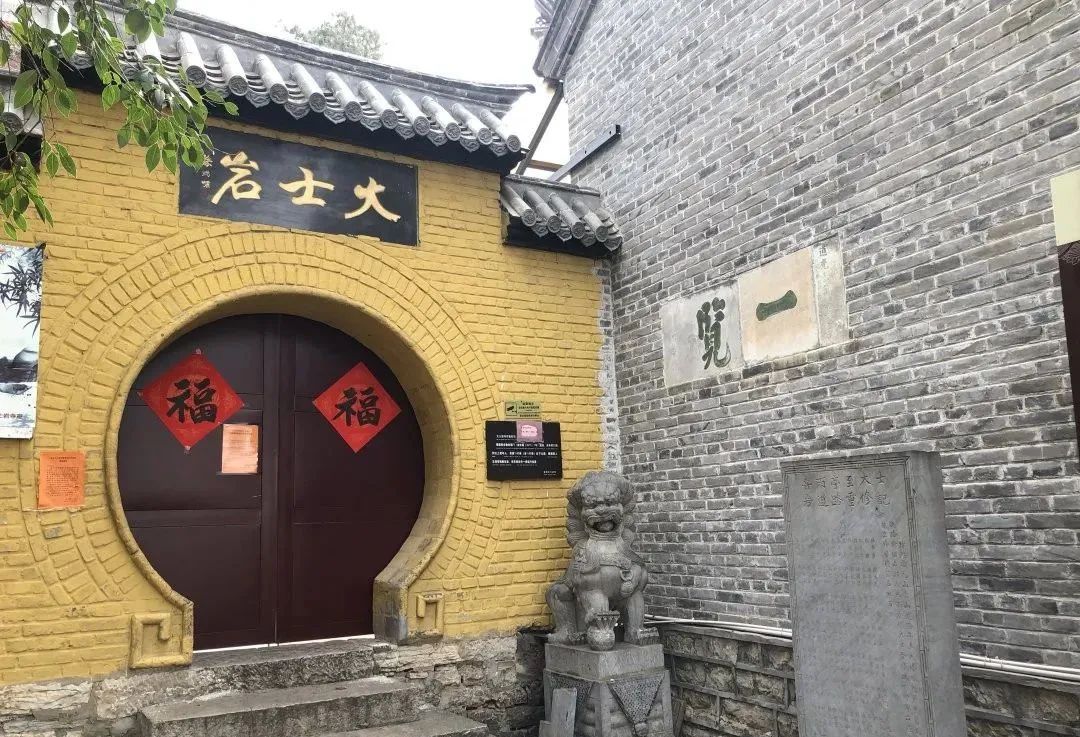
Built in the Kangxi period of the Qing Dynasty, Da Shi Yan Temple is a temple of Guanyin, consisting of a mountain gate, Yuan Tong Bao Hall, Thousand-Handed Guanyin Hall, Vairocana Hall, the Pavilion of Trying Clothes, the Pavilion of Sending Light, the Pavilion of Bells and the Pavilion of Drums. The main hall sits east to west, inside the statue of Guanyin Daishonin. There are more than 10 monuments in the temple.
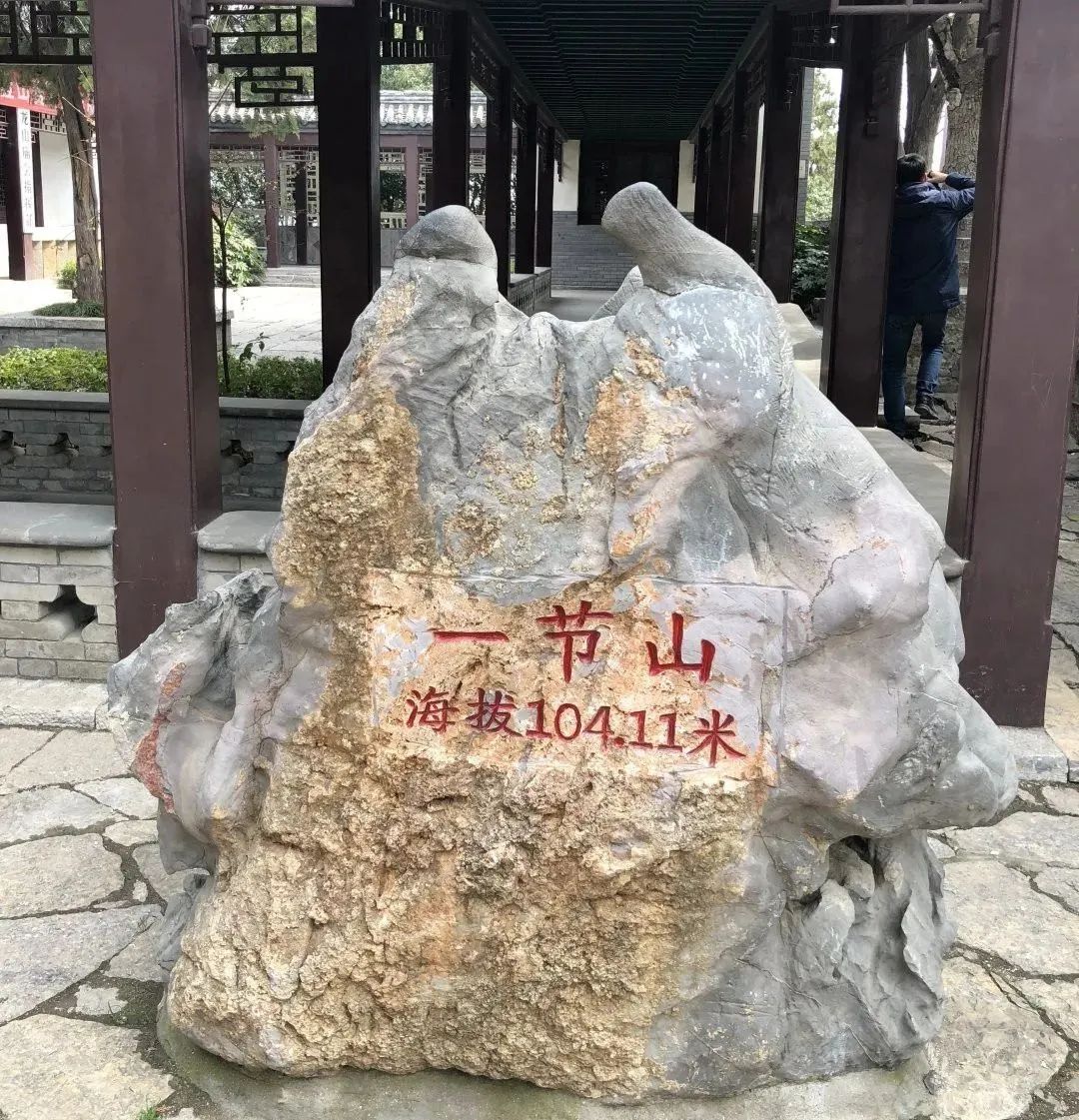
The walls of the corridor are inlaid with 54 inscriptions of Tang, Song, Yuan, Ming and Qing dynasties, including clerical, regular, cursive and line calligraphic styles, which are not only historical texts of inscriptions, but also calligraphic masterpieces of famous sages.
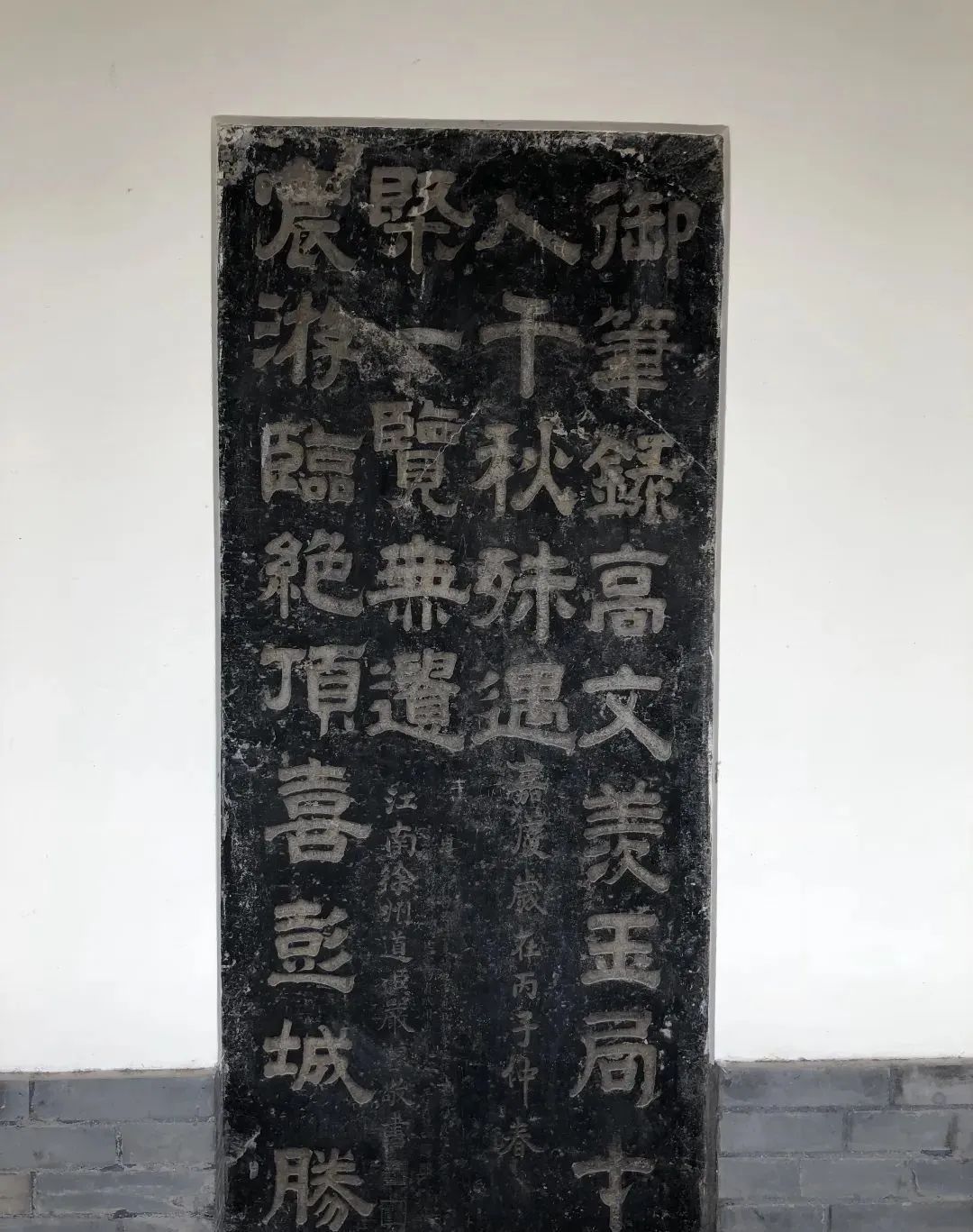
The open space outside the stele corridor, the Crane Pavilion, the Crane Pavilion and the Crane Spring are not far apart. "The pavilion is valuable for its memory, and the mountain is valuable for its pavilion." Tian Bing E, a Xuzhou cultural scholar, said, "In the Northern Song Dynasty, Xuzhou hermit Zhang Shanren built a pavilion at the top of the mountain to release cranes, and Su Shi, the governor, made the "Record of the Crane Release Pavilion". After the departure of Zhang Shanren and Su Shi, the pavilion stood as a kind of wind mark, a spirit and an aspiration. Repairing and rebuilding this famous place well has become a cultural relay of Xuzhou officials and people."
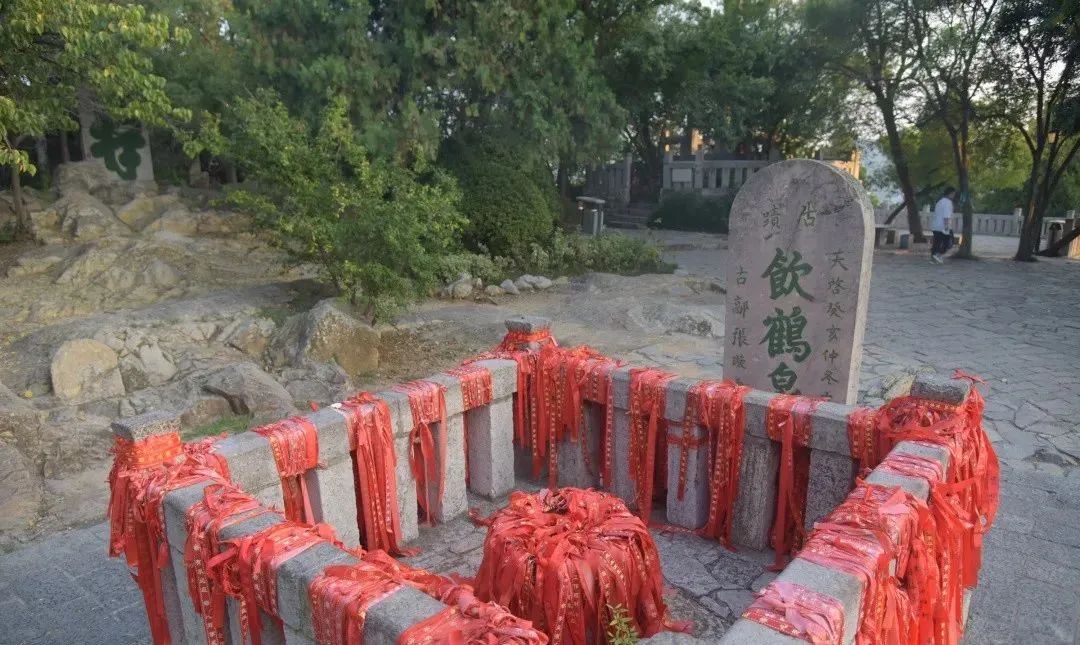
Photo by Sun Jingxian
A rectangular recumbent monument "Spectacular", 1.7 meters wide and 0.8 meters high, was copied by Li Genyun, the governor of Xuzhou, in the first year of the Qianlong era (1736). It is said that there are many copies of Li Bai's ink tablet "Spectacular" in the country, and this "Spectacular" seems to be a commentary on the scenery on the mountain.
